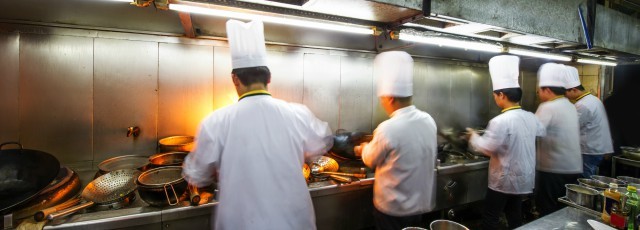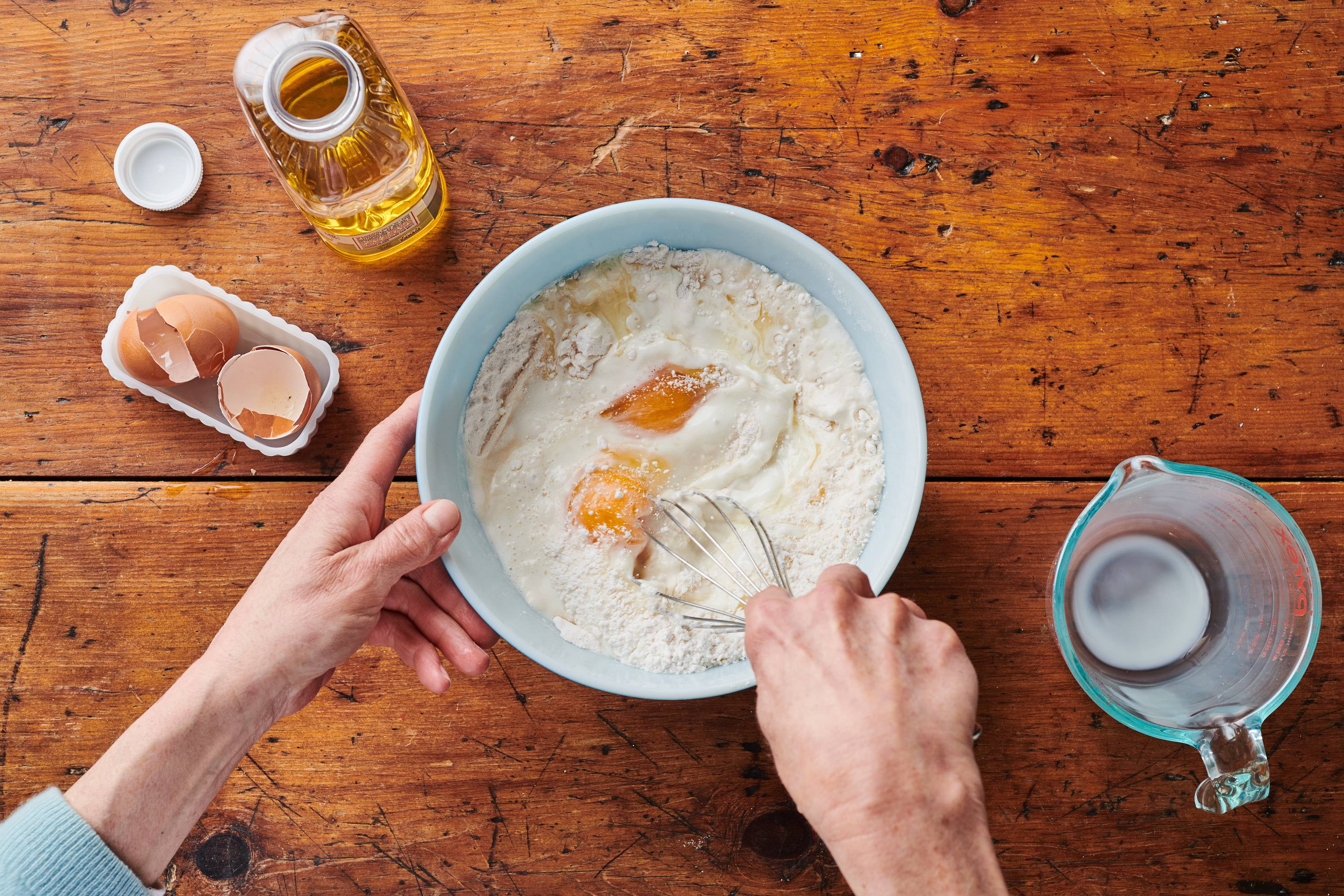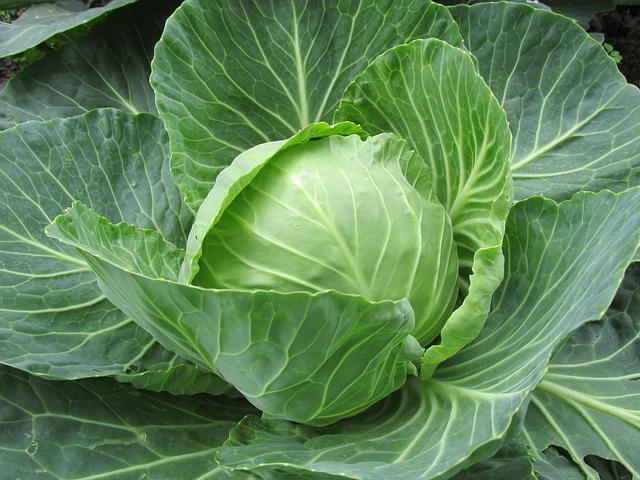
If you love to cook, you've probably tried to pick up advanced cooking techniques. You've heard of French and Chinese techniques. What about Japanese and Chinese techniques? It's important to know the best techniques for poaching and steaming. You will learn how these methods work and what you should do to improve your cooking skills. These techniques can easily be applied to your everyday cooking. These techniques can be used in your daily cooking.
French cooking techniques
Traditional methods are the foundation of French cuisine. French chefs have been known for their ability to arrange everything and cook it slowly at low temperatures. Confit is a method of slow cooking various foods in fat at low heat. In the same way, sauces are often made with alcohol. Flambeing is most commonly used to make desserts. However the alcohol in it can also be used while the food is still cooking to enhance the flavor.
Chinese cooking techniques
Traditional Chinese cuisine is full of complex techniques that will make your cooking even more delicious. Stir-frying is one such technique. This involves heating oil in an open wok. Stirring the food rapidly and thoroughly is necessary to achieve the desired texture. This method is the simplest and best suited for small ingredients, such as vegetables and noodles. Chinese cuisine offers many different cooking methods, including stir-frying.

French technique for steaming
Steaming is a method of cooking that uses hot air to circulate around food. It retains all nutrients and doesn't add any fat. Because steam carries more heat than boiling water, it is a gentle cooking technique, and it is perfect for delicate foods. This method cooks food quickly and without affecting nutrients or natural colors. This technique has been a favorite of the French for many years. It can make it a joy to cook vegetables and fruits.
Japanese poaching technique
The Japanese have perfected poaching, a technique that slow cooks fish. This involves sealing food in a plastic bag, and slow cooking at low heat. This technique creates uniform texture while removing aromatics. It also has health benefits. This is how to poach salmon in Japan.
Vietnamese technique for boiling
A traditional Vietnamese method of boiling rice is simple and highly effective. The method is based on steaming food in bamboo or metal trays. This method preserves all nutrients and avoids the use of oil. This method can be used for cooking seafood and sticky rice. It is especially beneficial for those in need of water, particularly those living in poor countries. A few precautions are required, though.

FAQ
Which is the best way for you to learn how to cook?
Cooking can be something everyone should master. Cooking is a skill that will allow you to enjoy delicious food. The first thing you need to do when learning to cook is to find a recipe that you like and follow it closely. Next, practice making small changes until you are comfortable cooking the dish. You can also try cooking for other people. This will help you improve at cooking and also allow you to test your skills.
How do you store leftovers best?
Tupperware containers are a good choice for leftovers. These containers preserve food freshness and stop odors from developing. They can also keep food warm longer. You can freeze leftover food in freezer bags. For food that you are freezing, make sure to place it inside another freezer bag. Once the food has frozen, you can transfer it to an airtight container like a zipper lock bag.
How can I be motivated to cook?
When you cook with your family and friends, cooking is enjoyable. However, cooking for yourself is much easier than cooking for others. Try making something new if your goal is to become more motivated to cook. You'll learn new techniques, and you'll be inspired to cook. Also, you can use recipes from different cultures to expand your culinary knowledge.
How can I learn more about cooking?
There are numerous cooking classes offered across the country. Many schools offer courses on baking, pastry, or wine tasting. A local community college, vocational school, or private institution can offer classes in cooking.
What's the difference between a professional chef and an amateur cook?
A chef prepares meals for others. A cook prepares meals for others. While both jobs involve the preparation of food, a chef interacts directly with his customers. This means that they may have to decide what dishes to prepare for their customers based on their preferences. Cooks don't interact with customers. Instead, the cook ensures that the food tastes great before serving it to customers.
Do I have to go to culinary school in order to be a professional chef?
No. No. Some even went to culinary school just to gain experience. Culinary school is preferred by most chefs because they have more opportunities to grow and learn. Culinary schools give students hands-on experience, which allows them to develop valuable skills as well as improve their culinary knowledge.
How do I become a chef?
You must complete a degree in culinary arts to be able to apply for a job at the table as a professional chef. You can then join a professional group such as ACF. This association offers certification exams as well as networking opportunities.
Statistics
- On average, chefs earn $58,740 a year, according to the BLS. - learnhowtobecome.org
- In the United States, the category is estimated at $23.2 billion annually and is growing faster than the market. (washingtonpost.com)
- under 10 Kids have been taught that there is special food just for them, and Fiese says that 10 percent of kids will throw a tantrum if they don't get the food they want. (washingtonpost.com)
External Links
How To
How to make a perfect eggroll
Omelets have always been a favourite food to eat for breakfast. But how do they turn out so perfectly? Many different recipes and methods have failed to work for me. So I am sharing some tips and tricks today to help you make fluffy, delicious omelets every morning.
Before we start making omelets, let's remember that eggs are temperamental. Eggs must be purchased fresh, preferably organic, and kept chilled until ready for cooking. They must be kept cool, otherwise the whites will not form properly and the yolks may become runny. This will make your omelets appear strangely colored. If you're going to cook them immediately, it is best if the eggs are still warm.
You can also separate the egg before you add it to the pan. You don't want any white to get mixed up with the yolk because this could cause the omelet to curdle.
You could end up burning the bottom half of the egg if the egg is added directly to the heat source. Instead, put the egg in the microwave for 10 seconds before putting it into the pan. The microwave heat is sufficient to cook the egg without overcooking.
Next, let’s talk about mixing the egg. When you mix eggs together, you want to beat them well. To do this, take the bowl from the mixer and flip it upside-down. Then, vigorously shake the bowl. This will whip the air around the bowl and mix the egg well.
Now comes the fun part - pouring the milk into the mixture. Mix half of the milk with the eggs. Then fold the eggs in half into the remaining milk. You don't need to worry if streaks remain. They will disappear once you flip your omelet.
After you have folded your eggs, heat up the oil on medium heat. Wait for it to get hot. Once the oil begins to heat, add 1/4 cup butter and swirl the pan to coat it. Next, carefully open the lid and sprinkle salt into your pan. Salt will prevent the omelet sticking to the pan.
Cover the pan once the omelet is formed and allow it to cool completely. Flip the omelet with a spatula, or flip it upside down. Cook the second side for a minute or so. Take out the omelet and place it in a bowl.
This recipe is best when used with whole milk. But, you can use skimmed milk as well.